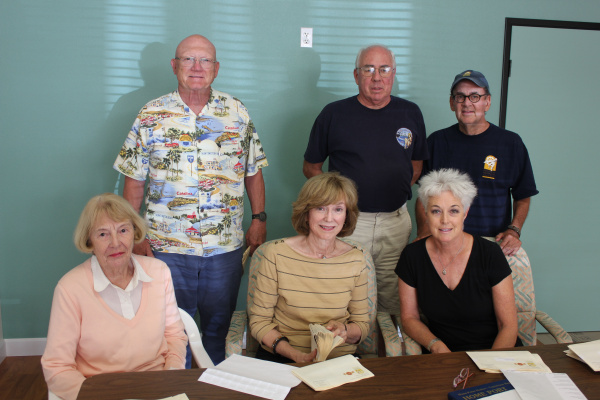Dana Point may be one of Orange County’s newest cities, but it has plenty of history. And for 25 years, the Dana Point Historical Society has been working to archive and preserve key parts of its past.“There’s no question Dana Point has played a big role in California’s history,” said Elizabeth Bamattre, a founding member of the society.It hasn’t been easy for the 300-member group, which has been in three different headquarters and had many of its collected items in storage.Now the society is moving to a new museum and office space at Dana Point City Hall, where it plans to display hundreds of photos and documents. Members hope this location will be their permanent home.“This will be a good long-term solution,” said Historical Society President Barbara Johannes. The plan is for the new museum to open before the end of the year.The Historical Society was founded in 1987, two years before Dana Point incorporated as Orange County’s 28th city. Only six of the county’s 34 cities are newer to cityhood: Aliso Viejo, Laguna Hills, Laguna Niguel, Laguna Woods, Lake Forest and Rancho Santa Margarita.
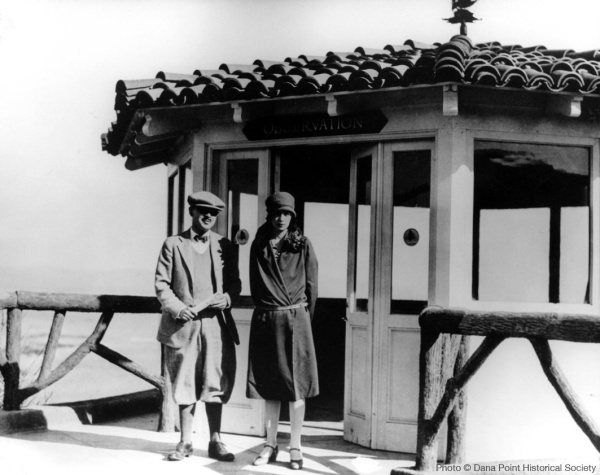
But unlike many of the newer South County cities, Dana Point has a documented history that stretches back hundreds of years to when it was used as a port for Mission San Juan Capistrano.The Historical Society officially celebrated its 25th anniversary in September with an event on the Bluff Top Trail, where more than 100 society members, city officials and others congregated to honor the society’s work and commemorate local history.
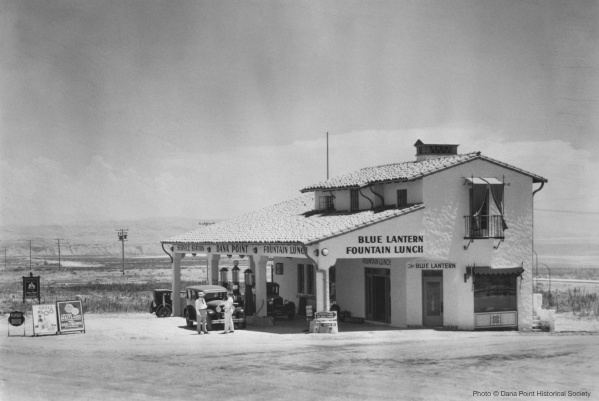
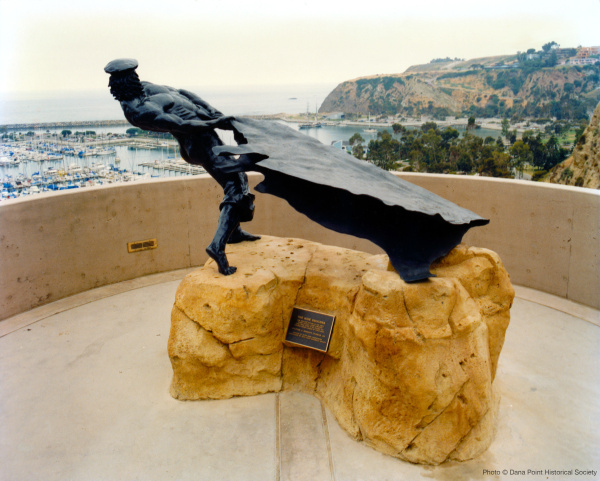
“Our mission is to keep the rich history of Dana Point alive,” said society member Terry Walsh. “We have been acquiring and preserving tangible things.”The group has raised more than $100,000 through the years to help collect items and photos and has fought to keep historical structures from being lost to age or new development.One of the group’s biggest accomplishments was the establishment of public access to the Bluff Top Trail overlooking Dana Point Harbor at the end of Street of the Amber Lantern. In the 1920s, developer Sidney Woodruff began building in the Dana Point area. But with the Depression, Woodruff, like many developers, was forced out in the early ’30s. On the bluff top he left behind the beginnings of the Dana Point Inn, a hotel that was never completed.Today, the bluff also is home to the Hide Drogher statue, installed in 1990 as a tribute to the 19th-century sailors who came from the East Coast to trade for hides.One of those seamen was Richard Henry Dana Jr., author of the 1840 book “Two Years Before the Mast,” an in-depth description of his journey to the area a few years earlier. Dana described the port community, then called Capistrano Bay, as the “the most romantic spot in California.” It later was named after him.One of the Historical Society’s biggest preservation challenges came in 2009, when developer Two Doheny LLC proposed to tear down and redevelop a 1928 Spanish Colonial Revival house that was home to several members of the Doheny family, for whom Doheny State Beach in Dana Point is named. The home, on the city’s Historic Resource Register, was one of the first in the Capistrano Beach area, and the society fought alongside the city to prevent the project. Two court rulings, the latest in 2011, blocked the demolition.One of the Historical Society’s saddest chapters occurred a year ago, when founding member and longtime area historian Doris Walker-Smith, 78, and her husband, Jack Smith, 81, died after a fire at their Dana Point home.A sculpture to honor Walker-Smith is being built in Heritage Park at 33282 Old Golden Lantern. She helped found Dana Point’s annual Festival of Whales and wrote at least 12 books, including “Orange County Then & Now,” “Dana Point Harbor/Capistrano Bay: Home Port for Romance,” “Images of America: Dana Point,” “Adventurer’s Guide to Dana Point” and “The Whales of Capistrano Bay.”Walker-Smith’s work is evident in the Historical Society’s continual pursuit of preserving Dana Point history. The group is working to digitize photos and architectural plans acquired over the years and to furnish its new museum. Hundreds of homes are nearing historic designation as those built in the 1960s reach the half-century mark.“We have a lot of work to do,” Johannes said.The group also sells tiles for $50 to anyone who wants to decorate one and have it placed on a sea wall at the harbor’s Baby Beach. The project started in 1999, and 1,500 tiles have been installed so far.The society also presents Dana Point home tours and walking tours.
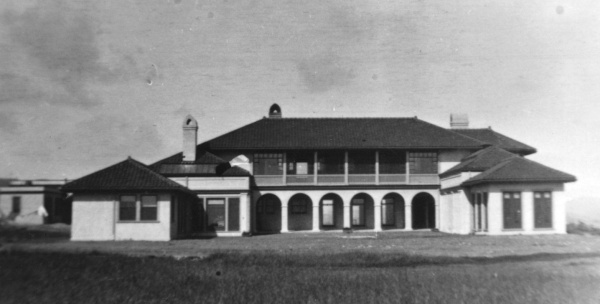
Dana Point Historical Society’s move to City Hall marks 25th anniversary


